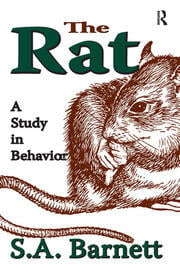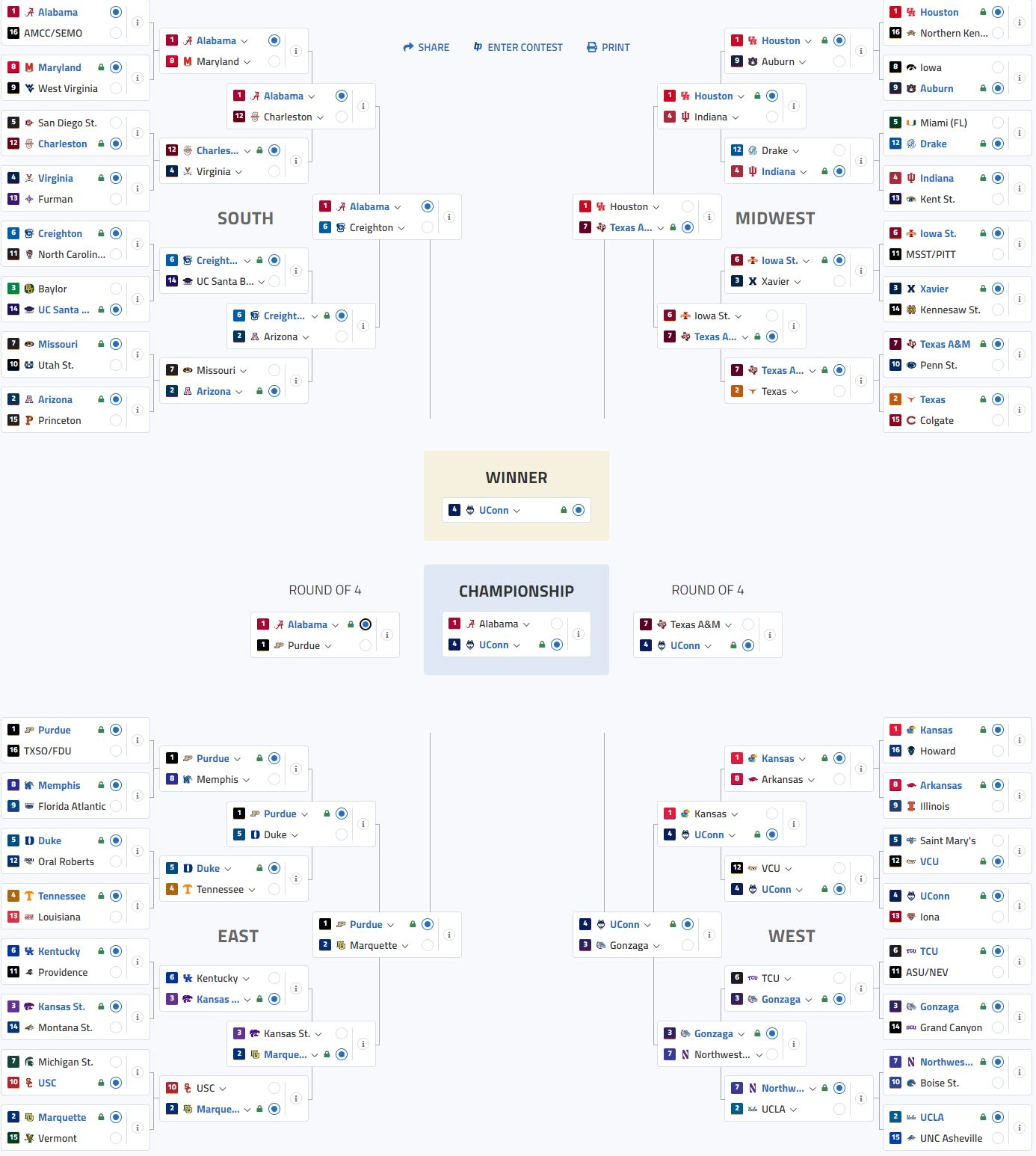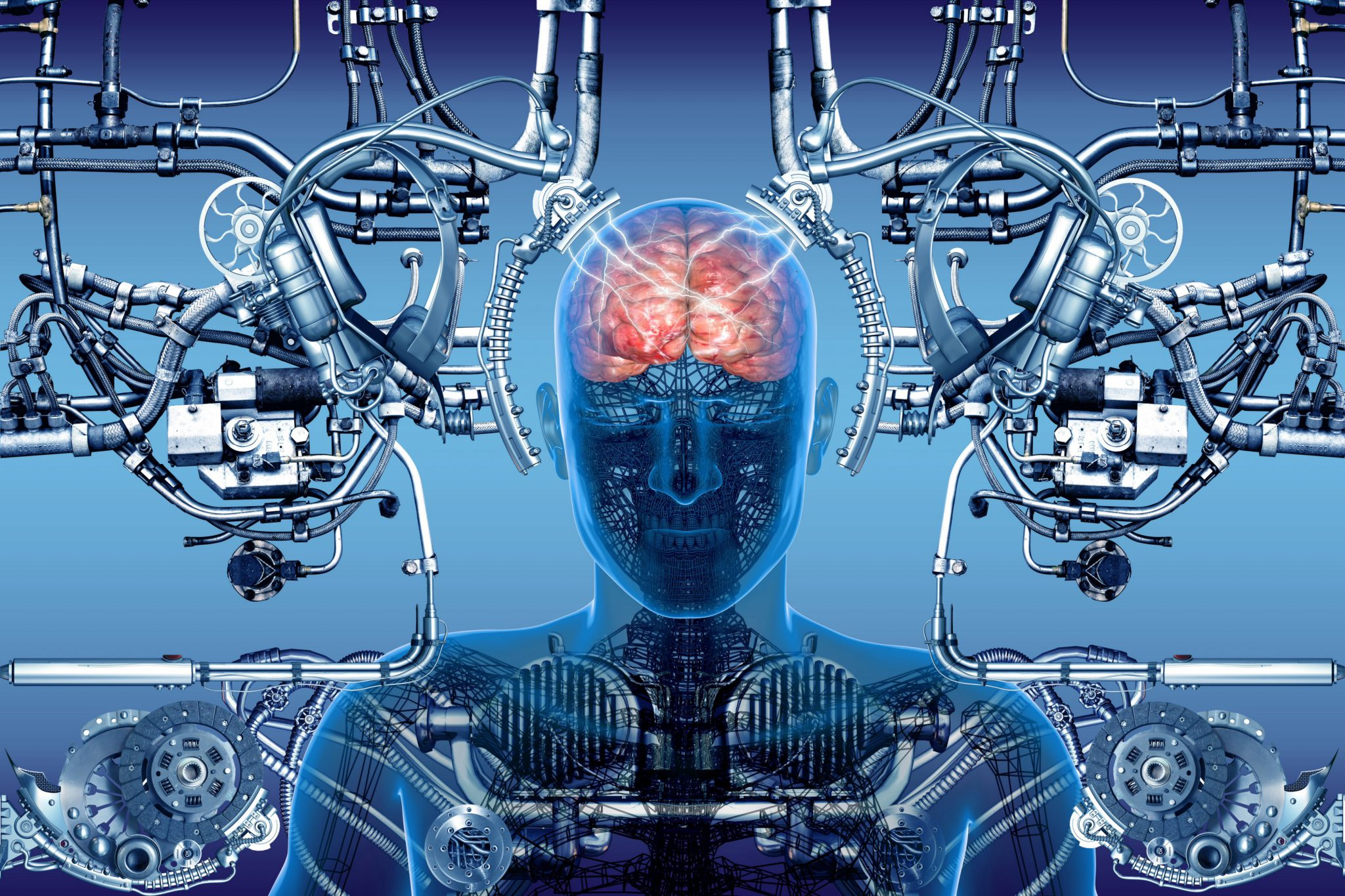The rat behavior study is pioneering new methods to explore the intricate relationship between social interactions and brain functions. Recent advancements in machine learning applied to rat studies have unveiled astonishing insights into how these creatures engage with each other. By focusing on the subtle nuances of their movements and social behaviors, researchers aim to draw parallels to human conditions, including autism. This innovative approach not only enhances our understanding of social behavior in rats but also highlights the potential of AI to bridge gaps in psychology and neuroscience. As we delve deeper into these new rat study insights, we unlock valuable information about the brain-behavior link that could inform future therapies for individuals with neurodevelopmental disorders.
The exploration of rodent behavior offers profound implications for understanding social dynamics and brain activity. Utilizing advanced technology, scientists are now mapping the interactions and social patterns of rats in unprecedented detail, stemming from a comprehensive analysis of their movements. This research not only contributes to our knowledge of animal behavior but also acts as a vital stepping stone for inquiries into human psychological conditions. By investigating how social behavior is orchestrated among rats, researchers gain significant perspectives that can illuminate the complexities of conditions like autism. As this body of work evolves, it presents an exciting frontier in the intersection of animal studies and human health, reaffirming the significance of studying social behavior in animals.
Understanding Rat Behavior through Advanced Research
New insights into rat behavior are shedding light on the complex mechanics of social interaction. Utilizing advanced machine learning techniques, researchers can analyze rat movements with unprecedented precision. This study, led by Ölveczky and Klibaite, integrates video footage and AI technology to decode social patterns among rats. The machine-learning pipeline captures intricate details of their body language, including body poses and movement patterns, allowing for a deeper understanding of how these animals communicate and interact.
By analyzing over 110 million 3D poses of rats in social settings, the study marks a significant advancement in the field of behavioral science. In the past, researchers relied heavily on observational methods, which often led to subjective interpretations of interactions. The new approach not only enhances data accuracy but also fosters a stronger foundation for comparative studies between rats’ social behaviors and those of humans, opening avenues for understanding shared social traits and communication nuances.
The Machine Learning Rat Study: Revolutionizing Behavioral Research
The application of machine learning in studying rats’ social behaviors is revolutionizing behavioral research. This innovative method allows researchers to track and analyze interactions in real-time, paving the way for a more objective study environment. As seen in the recent study published in Cell, this novel approach can replace traditional observational techniques. By generating quantifiable data from rat interactions, scientists can derive insights into the underlying mechanisms of social behavior, which have implications for autism and other human conditions.
The shift towards machine learning not only enhances the efficiency of data analysis but also expands the potential for future research. The richness of the data collected—from subtle gestures to complex social cues—can provide a comprehensive view of behavioral variability among different rat models. With this detailed understanding, researchers can explore the relationship between genetic variations and social behavior, which could ultimately inform human studies on autism and social engagement.
Social Behavior in Rats and Its Implications for Human Disorders
Rats exhibit complex social behaviors that closely resemble human interactions, making them an ideal subject for studying social dynamics and their implications on disorders such as autism. The recent study led by Ölveczky highlighted the significance of observing these interactions, revealing how social exchanges can inform us about broader behavioral patterns. By understanding the nuances of rat social behavior, researchers can draw parallels to human autism, which often involves social communication challenges.
The exploration of sociality in rats opens pathways for translating findings into therapeutic approaches for human conditions. The identification of specific behaviors linked to genetic mutations lays the groundwork for examining the brain-behavior relationship in autism. These parallels provide a more profound perspective on environmental and genetic influences on social behaviors, highlighting the need for continuous study on how alterations in genes might affect social engagement.
AI in Autism Research: Connecting the Dots
The integration of AI into autism research enables a more refined exploration of the links between brain function and social behavior. By employing advanced machine learning techniques, researchers can sift through vast amounts of data to identify patterns that typically would elude human observers. This refined analysis is particularly valuable in understanding how genetic variations in rats mimic autism-related social behaviors, providing insights that may further elucidate the complexities of the disorder in humans.
The potential for AI to enhance our understanding of autism is profound. Researchers can pinpoint how certain brain regions are affected by genetic alterations, leading to observable changes in social interactions. This information is crucial not only in understanding autism but also in developing future interventions. By bridging the gap between animal behavior studies and human applications, scientists can work towards new therapeutic strategies that address social difficulties associated with autism.
Exploring the Brain-Behavior Link through Rat Studies
Understanding the brain-behavior link is central to decoding the complexities of social behavior. The latest research conducted on rats underscores how specific genetic modifications can influence social dynamics. By observing their interactions through a sophisticated machine-learning framework, scientists can visualize how different brain areas respond to social stimuli. This exploration is fundamental in unlocking the mechanisms behind both rat and human behavior, especially concerning disorders like autism.
The findings from these studies point towards significant links between genetics and social interaction, suggesting that specific gene knockouts can lead to observable behavior changes. These insights could inform future research that aims to unravel how similar genetic factors contribute to social behavior in humans. The ongoing inquiry into the brain-behavior relationship stands to illuminate new avenues for therapy and social engagement strategies for those on the autism spectrum.
New Insights into Social Patterns among Rats
The exploration of social patterns among rats reveals intriguing insights into group behavior and communication. By employing innovative observation techniques, researchers can elucidate the subtleties of social interactions that characterize rat communities. This newfound understanding of social dynamics helps to emphasize the role of environment and social learning in shaping behavior, which may reflect similar processes in humans.
With the application of machine learning, scientists can analyze complex behaviors that were once difficult to quantify. This understanding sheds light on how social patterns evolve within rat populations, drawing parallels to human social behavior. By appreciating these complexities, researchers can gain a more holistic view of social structures, leading to deeper insights into the formation of social bonds in both animals and humans.
The Impact of Genetic Factors on Rat Social Behavior
Genetic factors play a crucial role in influencing the social behaviors exhibited by rats. The recent findings of the study emphasize how genetic manipulations can alter interaction styles, providing critical insights into behavioral variances. Poisoning socialization dynamics not only showcases the intricacies of rat communities but also provides a comparative framework for understanding social behavior influenced by genetics in humans.
By studying genetically modified rats, researchers can observe a spectrum of social behaviors that correlate with specific genetic traits. These observations aid in drawing parallels to human autism, illustrating how certain genetic profiles may predispose individuals to particular social behaviors. This exploration emphasizes the importance of genetic research in developing targeted therapies for social interaction challenges, ultimately enhancing our understanding of both rat and human social constructs.
Capturing High-Resolution Rat Interactions with AI
The use of high-resolution imaging technology in observing rat interactions has dramatically transformed behavioral research. With advanced cameras and AI techniques, researchers can capture detailed movements and gestures with remarkable accuracy. This level of detail allows for a comprehensive analysis of social behaviors, enhancing the understanding of how rats interact in group settings.
The data collected from high-resolution imaging contributes to a more profound comprehension of social communication among rats. By visualizing intricate movements and postures, researchers can better understand the dynamics of touch and body language in rat societies. This methodology not only enriches the study of rat behavior but also paves the way for understanding similar patterns in human communication, particularly in the context of social deficits associated with autism.
Future Research Directions in Rat Behavior Studies
The future of rat behavior studies holds exciting potential, largely propelled by the integration of machine learning and advanced observational techniques. Researchers are poised to explore deeper questions surrounding social behavior and its genetic underpinnings. Ongoing studies aim to identify specific brain circuits responsible for altered social behaviors, illuminating the pathways that govern these interactions.
As new technologies emerge, the landscape of behavior research will continually evolve. The aim is to develop predictive models based on rat interactions, allowing for comparisons to human behavior, particularly in the context of disorders like autism. Future research promises to unveil even more about the complexities of sociality, potentially leading to groundbreaking therapeutic approaches grounded in a solid understanding of both animal and human behavior.
Frequently Asked Questions
What insights can machine learning rat studies provide for understanding human social behavior?
Machine learning rat studies offer valuable insights into the brain-behavior link, highlighting how social interactions among rats can mirror human behavior. This research aids in understanding complex social patterns and communication cues, potentially informing therapeutic approaches for conditions such as autism.
How does studying social behavior in rats contribute to autism research?
Studies focused on the social behavior of rats contribute to autism research by examining genetically modified rat models. These models help researchers explore how specific genetic variations influence social behaviors, providing a clearer picture of the underlying mechanisms of autism.
What advancements have been made in observing rat behavior through AI and machine learning?
Recent advancements in AI and machine learning have transformed the observation of rat behavior. Utilizing high-resolution video technology, researchers can now analyze over 110 million data points of rat movements, enabling a more objective and detailed study of their social interactions.
Why is the brain-behavior link significant in the context of new rat studies?
The brain-behavior link is significant in new rat studies as it sheds light on how neurological variations affect social behavior. Understanding this relationship can lead to breakthroughs in developing interventions for behavioral disorders, including autism, by revealing how changes in the brain correspond to changes in social interactions.
How can new insights from rat behavior studies inform human psychological disorders?
Insights from rat behavior studies can inform human psychological disorders by revealing fundamental social behaviors and interactions that are altered in conditions like autism. By identifying these patterns in rats, researchers can draw parallels to human social dynamics and potentially develop targeted therapies.
| Key Points |
|---|
| Researchers observe rat behavior using AI to understand brain-behavior link, aiding studies in disorders like autism. |
| A novel machine-learning technique analyzes 110 million 3D poses of rats, revealing complex social interactions. |
| Rats exhibit social behaviors similar to humans, such as mimicking body language and non-verbal cues. |
| The study opens new research avenues examining genetic influences on social behaviors in rats related to autism. |
| Future research will investigate brain regions and circuits responsible for social gestures and their therapeutic implications. |
| Data from this study, including motion trajectories, will be shared to foster community engagement in autism research. |
Summary
The rat behavior study unveils significant insights into the social complexities of rats, proving essential for understanding their social interactions in relation to human conditions like autism. Utilizing advanced AI methods, researchers can now more accurately observe and analyze the intricate connections between brain activity and social behavior among rats. This innovative approach is set to revolutionize how we study behavioral phenomena, potentially leading to breakthroughs in autism research and treatment.



